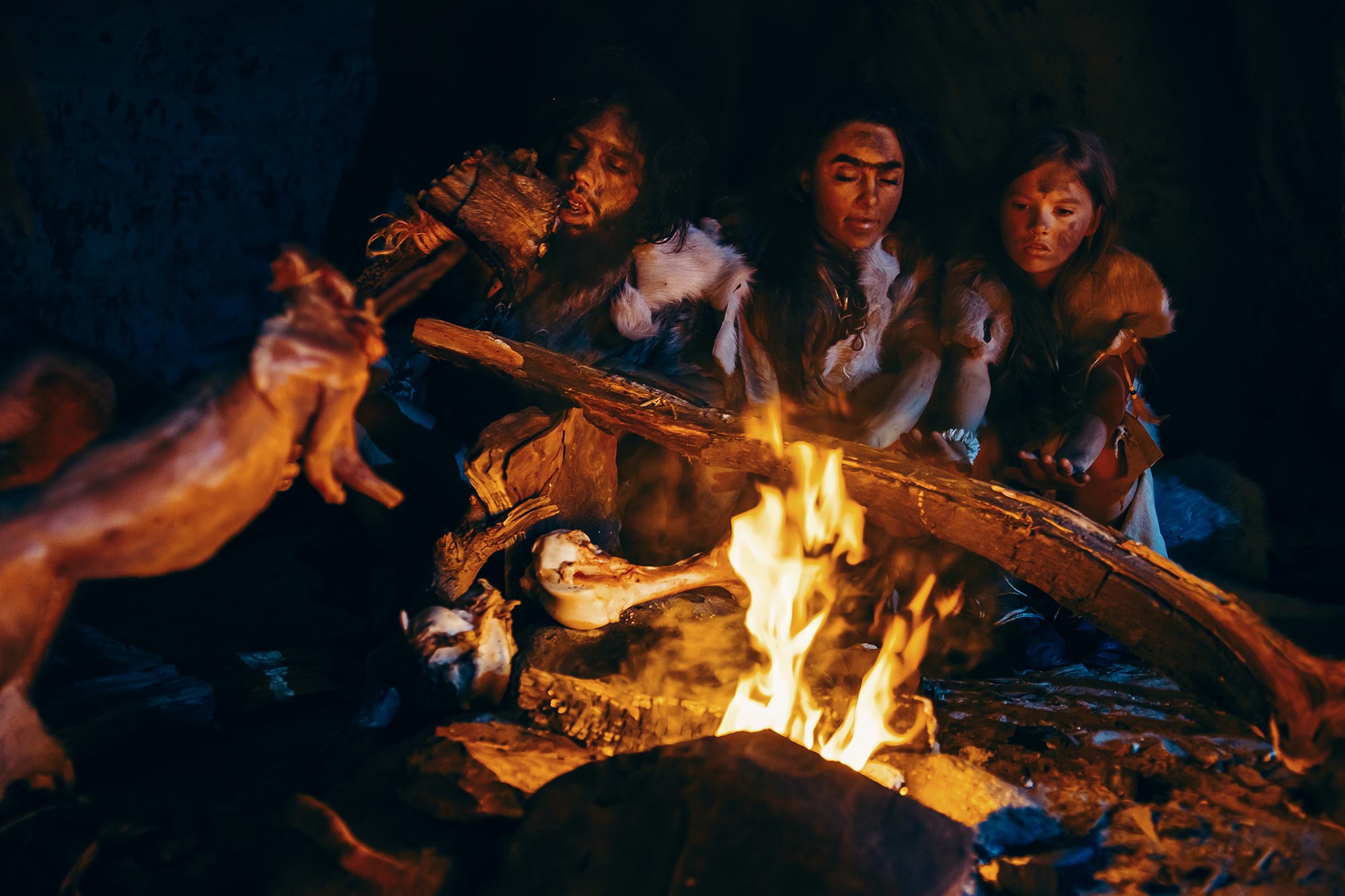Researchers from Hebrew University of Jerusalem have made an exciting discovery about Neanderthal food preparation. They found bone cut-marks that indicate these ancient humans had distinct butchery patterns. This suggests that Neanderthals may have had their own unique food traditions, potentially resembling early family recipes.

The study reveals that two groups of Neanderthals, who lived in close proximity, exhibited different butchery techniques. These patterns hint at a cultural significance behind their food preparation methods. The evidence points to the possibility that Neanderthals not only shared meals but may have also passed down specific techniques for preparing food. This challenges previous notions of Neanderthal life and highlights their complex social behaviors.
Understanding Neanderthal Culture
By examining the cut marks on bones, scientists can reconstruct the culinary practices of Neanderthals. This research opens up new avenues for understanding how these early humans lived and interacted with one another. It suggests that the notion of sharing food, a hallmark of family life today, may have roots that stretch back to our ancient relatives.
Implications for Archaeology
The findings prompt a re-evaluation of Neanderthal culture and social structures. It indicates that food preparation was not merely a survival tactic but also a communal activity. This insight into Neanderthal life enriches our understanding of human evolution and social development.
















